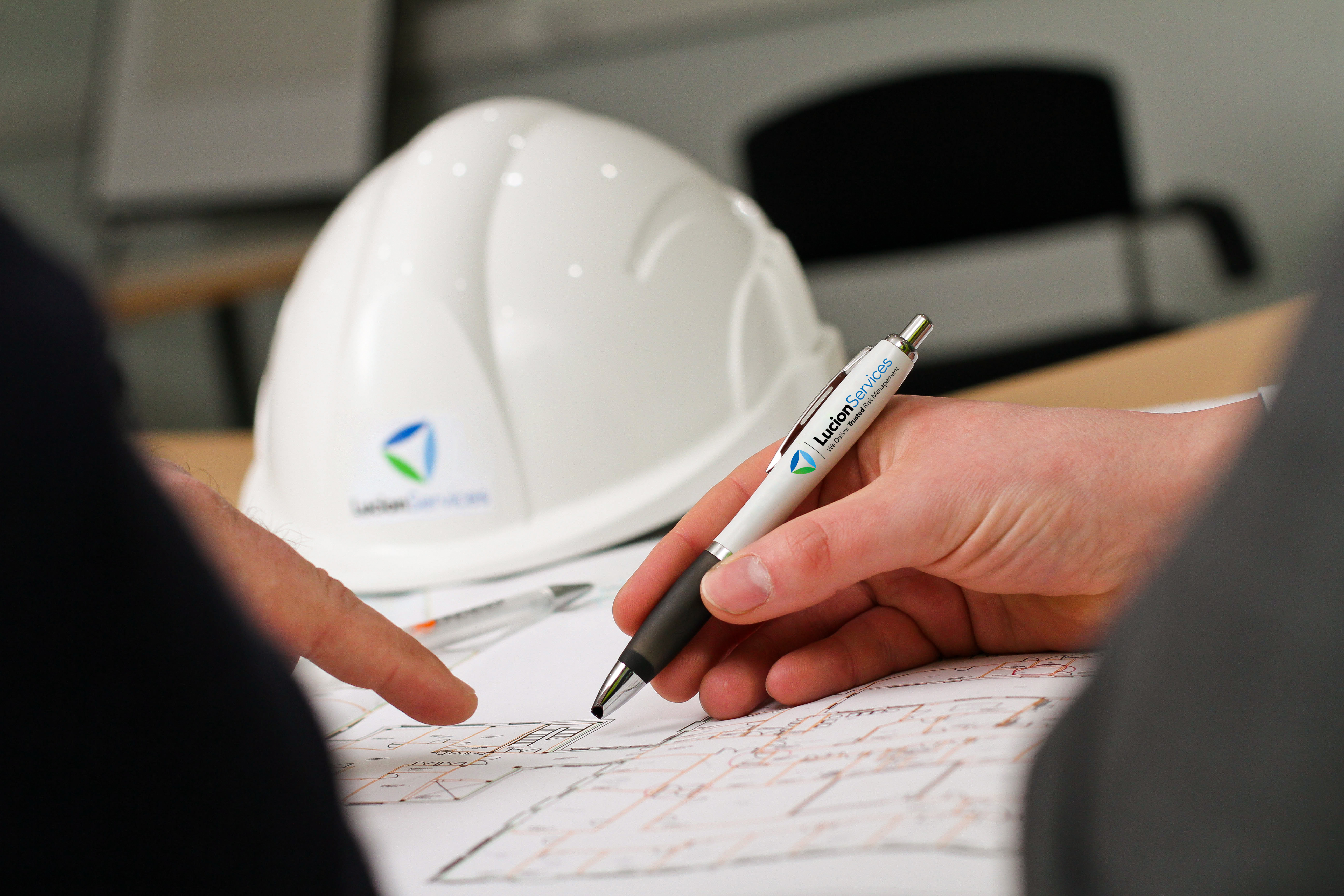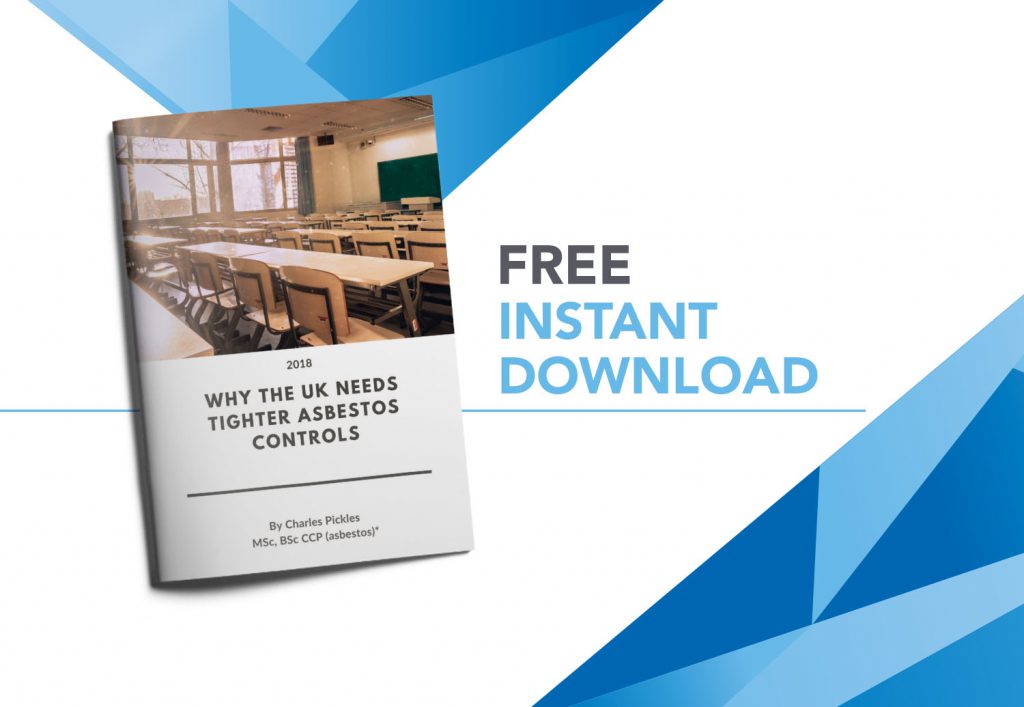SEM ANALYSIS PLAYS KEY ASBESTOS ASSESSMENT ROLE FOR SCHOOLS
21 February 2017
Problems caused by the presence of asbestos-containing materials (ACMs) in school buildings have been widely reported in recent weeks.
For example, national news reports revealed that councils in England have paid out at least £10m in compensation to people who developed illnesses because of asbestos in schools, with 32 councils settling claims from former teachers, school staff or pupils in the last decade.
At the same time, Kent County Council confirmed the presence of asbestos-containing materials in 344 schools at all levels from infant and special schools to sixth forms and pupil referral units. On a similar theme, Liverpool City Council said that 51 out of 87 schools in the area had been identified as potentially having asbestos present in their buildings.
Given the widespread use of asbestos in building materials and products until it was banned in late 1999, its presence in many different types and parts of school premises should not come as a surprise. In fact, it has been estimated that more than 75% of schools in the UK have some buildings which contain asbestos containing materials (ACMs).
However, there are strict HSE and legal duties on schools aimed at reducing the risks to health that asbestos poses and there should no longer be any excuse for anyone being exposed to potentially dangerous levels of airborne asbestos fibres.
In particular, duty holders (those with a responsibility for the maintenance and/or repair of premises) are required to assess and manage the risks from asbestos to employees and others, and must ensure that anyone who is likely to work on, or disturb, asbestos is provided with information about its location and condition.
Even though the use of asbestos has been banned since 1999, and huge amounts have already been removed from school buildings, there are still many situations where the correct decision has been made to leave it in situ and manage its presence.
Asbestos that is in good condition and unlikely to be damaged or disturbed is not a significant risk to health as long as it is properly managed. Only when ACMs are disturbed or damaged is the risk of exposure increased through the release of airborne fibres.
It follows that the most common way that ACMs in schools might be disturbed is during maintenance, repair or other building works. Although teachers and pupils are unlikely to be at risk in the course of their normal day to day activities, there is still the possibility that some classroom activities such as attaching work to walls or the movement of furniture against walls, may also inadvertently cause damage to building materials and so increase the potential health risks associated with the release of fibres.
The condition of all school building materials, therefore, requires careful monitoring and management at all times. Regular inspections and checks by the duty holder of the condition of ACMs are essential and this should include details of any precautionary or safeguarding measures that are needed.
Specifically, an asbestos register and management plan are required that incorporates all relevant information about the existence and location of any known or presumed asbestos-containing materials on school sites. The plan also needs to be updated regularly and to be made available to anyone visiting or working on a school site.
Most teachers and school staff are not directly involved in managing the buildings or in carrying out repair or maintenance work. However, they will need to know the location of any ACMs and how they can be damaged or disturbed and all staff must report damage or deterioration of school fixtures or fittings that could lead to the release of asbestos fibres.
Where there is the possibility of the release of asbestos fibres into the environment, the Health and Safety Executive (HSE) provides guidance on air sampling to ensure worker protection – most typically after building repairs or asbestos removal work.
This process is designed to be used as part of a rigorous system to provide reassurance that a work environment has been properly cleaned. The recommended standard analysis of samples gathered from air monitoring provides quick results but it does not differentiate between asbestos fibres and other sorts of fibres that may be present such as clothing fibres.
This issue is particularly important in school premises where many different types of airborne fibres can be present but where most of them are also likely to originate from clothing or other potential sources (including organic fibres or so-called MMMF/man-made mineral fibres) rather than ACMs.
In such circumstances, the analysis of air filter samples using scanning electron microscopy (SEM) can be undertaken in much greater detail than is possible with standard techniques. SEM’s ability to more accurately determine whether asbestos fibres are present means it can better identify the level of any risk that might be present.
In particular, SEM enables asbestos in air to be quantified to very low levels, achieving lower limits of detection to 0.0005 fibres / cm3 and below, compared to the 0.01 fibres/ cm3 capability of standard phase contrast optical microscopy (PCOM). SEM can also distinguish between different asbestos fibre types using energy dispersive x-ray analysis (EDXA).
As a result, SEM is invaluable for the detailed sampling of ambient or indoor air where the anticipated fibre levels are low or for periodic monitoring of areas to check the potential cumulative exposure on teachers, pupils and those using the premises.
In this respect, with an emphasis on preventing exposure to asbestos fibres, the detailed forensic records and diagnostic testing provided by SEM analysis not only represents good safety management practice but can also provide proof of prevailing schoolroom conditions at any particular time.
In this way, with schools, colleges and local authorities increasingly facing health-related compensation claims, SEM can provide the evidence needed to demonstrate that buildings containing asbestos have been well maintained and that those present have not been exposed to dangerous levels of airborne fibres.
What Should You Do If You Discover Asbestos?
Does your team know what to do in the event that they find asbestos? Use our simple asbestos discovery flowchart to inform your teams about what to do when suspected asbestos is discovered.
Download Now
Why The UK Needs Tighter Asbestos Controls
The white paper has been designed to provide important information to those who work in schools, in particular those who are responsible for the maintenance of the property and teachers. Our white paper outlines why the UK ought to adopt measures in force in other European nations, who already share the same overriding EU legislation Directive 2009/148/EC on the protection of workers from the risks related to exposure to asbestos.
_1.png)
Download From NexGen
Asbestos Is Schools White Paper
With widespread concern over the potentially harmful effects of asbestos in schools, modern air sampling and analytical techniques have the ability to better protect the health and safety of teachers and pupils. There is no safe limit of asbestos for people to breathe and we want everyone with a responsibility for safety in our schools to better understand the situation.
The white paper has been designed to provide important information to those who manage asbestos in buildings, in particular those who are responsible for the maintenance of the property and teachers.
.png)
Download From NexGen


 NexGen
NexGen












